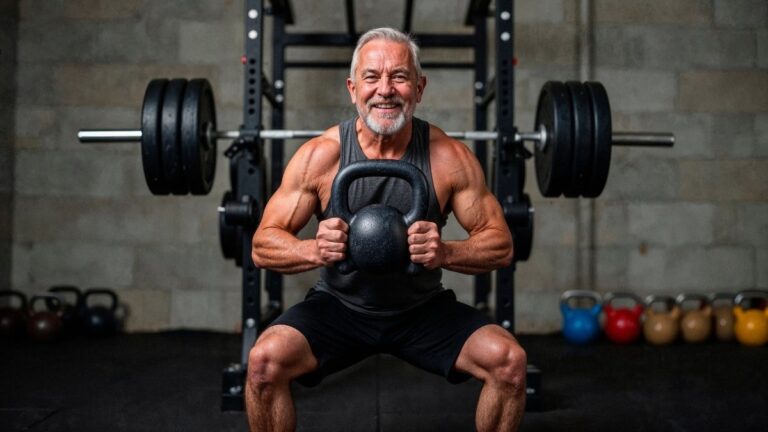Forget Bicep Curls: The 3 “Longevity Lifts” Everyone Over 40 Should Be Doing
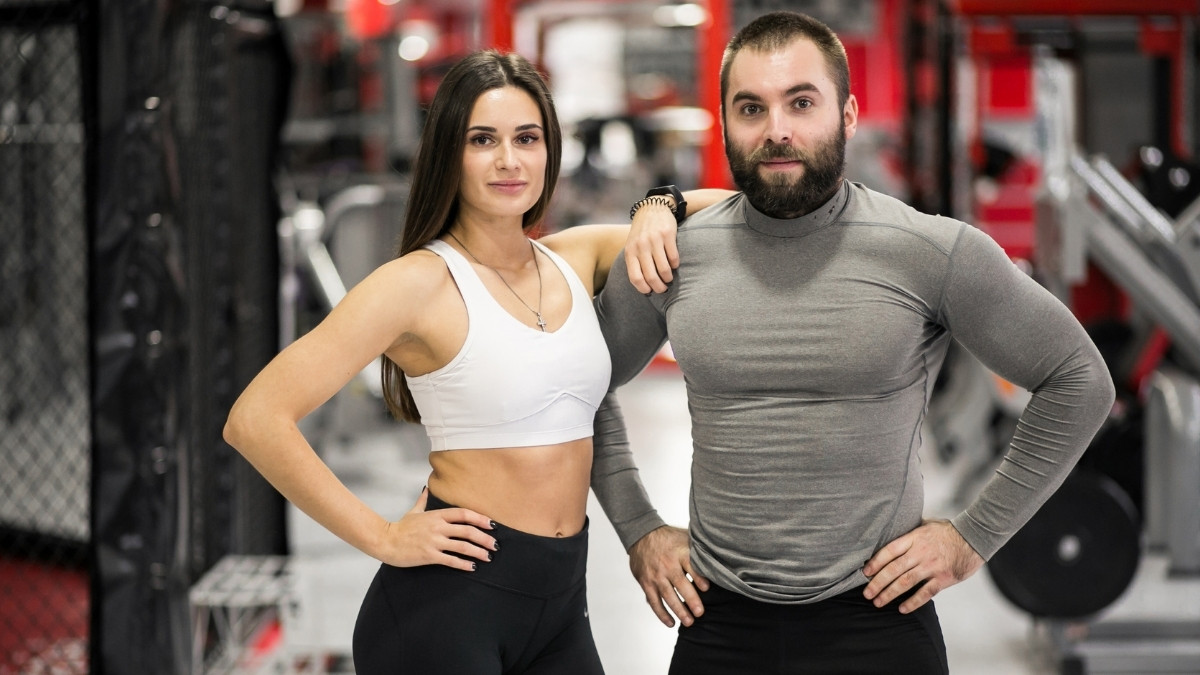
If you are over 40, your workout time is precious. So why are you still spending 20 minutes just on bicep curls? Many people focus on the wrong things in the gym.
They train “mirror muscles” instead of the muscles that keep them strong, mobile, and independent. Age-related muscle loss is real, and bicep curls alone will not stop it. You need a smarter, simpler plan.
It is time to learn the difference between “show” muscles and “go” muscles. This article introduces the three most important Longevity Lifts Over 40. These moves build real-world, functional strength training for a long, active life.
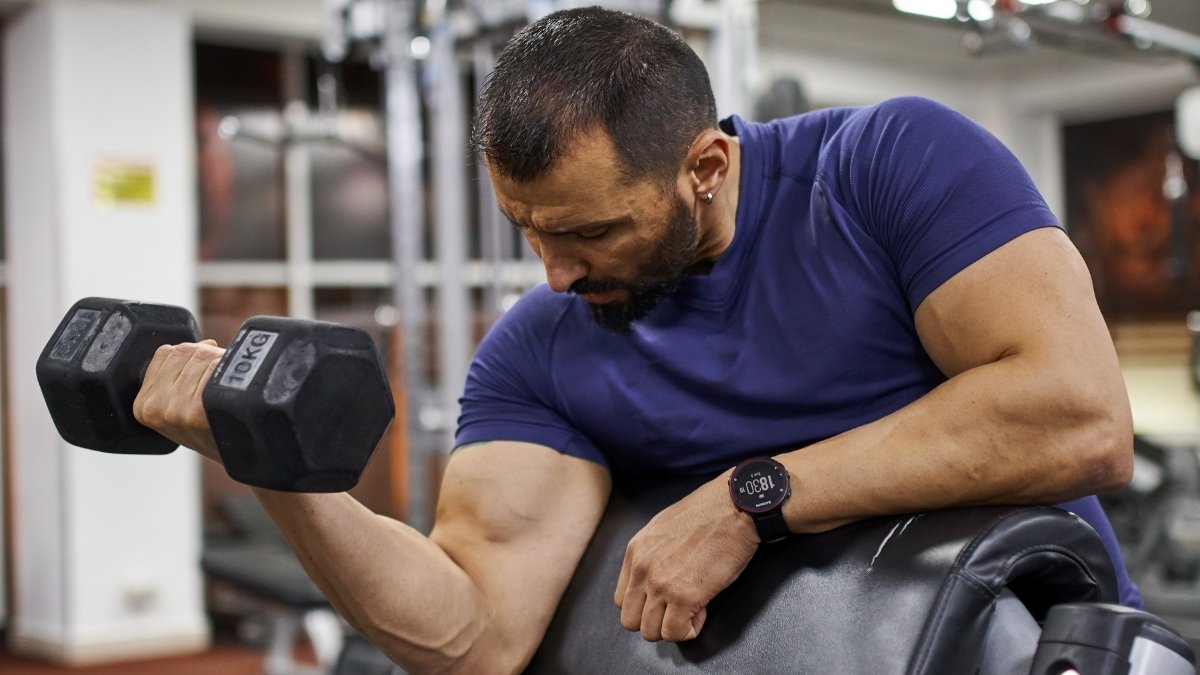
💪 3 Longevity Lifts Over 40
Train for Function, Not Just Size
⚠️ The Real Enemy: Sarcopenia
3-8% muscle loss per decade starting in your 30s. This age-related muscle loss is a top reason people lose independence later in life.
Stop training “show” muscles. Start training “go” muscles: legs, hips, back, and core.
The Squat
The “Get Up” Movement
The single most important exercise for staying independent. You use this every time you get out of a chair, off the toilet, or out of your car.
🎯 How to Start: Bodyweight Box Squat
- Place a sturdy chair behind you
- Stand with feet shoulder-width apart
- Push hips back, then bend knees
- Sit with control, then drive through heels to stand
- Try not to use your hands
The Hip Hinge
The “Pick Up” Movement
How you safely lift anything from a grandchild to groceries. Trains your entire backside: glutes, hamstrings, and back.
🎯 How to Start: Dumbbell Deadlift
- Stand with weight in front of you
- Keep back flat and push hips straight back
- Think: close a car door with your butt
- Bend knees slightly to grab weight
- Drive hips forward and squeeze glutes at top
The Loaded Carry
The “Real Life” Movement
Exactly what you do carrying luggage or shopping bags. Builds three key things: endurance, core stability, and grip strength.
🎯 How to Start: Farmer’s Walk
- Pick up two heavy dumbbells
- Stand tall, shoulders back, core tight
- Walk in a straight line for 50 feet
- Stay upright—don’t lean to the side
- Challenge: Try suitcase carry (one hand only)
📅 Your Simple Weekly Plan
Day A
- Goblet Squat
- Dumbbell Deadlift
- Farmer’s Walk
3 sets of 8-10 reps
Day B
- Box Squat
- Kettlebell Deadlift
- Suitcase Carry
3 sets of 10-15 reps
🛟 Safety First: 4 Essential Rules
Master Form First
10 perfect bodyweight squats beat 10 squats with bad form every time
Listen to Your Body
Muscle soreness is normal. Joint pain is a stop signal
Always Warm Up
5-10 minutes of movement before lifting. Never stretch cold muscles
Consistency Over Intensity
You get stronger between workouts. Recovery matters more now
Strength after 40 is not about the size of your arms. It’s about your ability to move through life with ease.
🚀 Start This Week
Pick ONE movement. Try the Box Squat today. Your future self will thank you.
Why You Need to Train for Function, Not Just Size
After 40, your reason for training changes. It is no longer just about looking good. The new goal is to be strong and capable for the next 40 years.
The real enemy is age-related muscle loss, called sarcopenia. It can start in your 30s, and you might lose 3-8% of your muscle each decade. This is a top reason people lose their independence later in life.
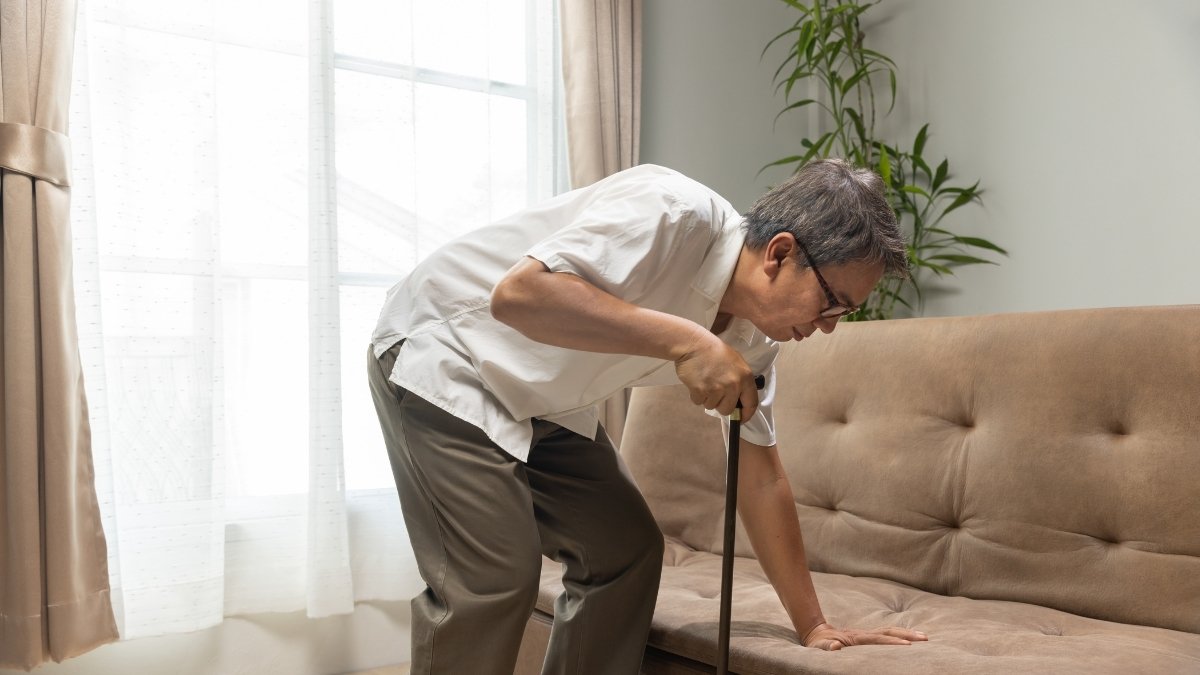
This is why strength training for over 40 must be smart. Bicep curls are “show” muscles. We need to train “go” muscles: your legs, hips, back, and core. This is what functional strength training means.

A “Longevity Lift” is a big movement that copies a basic human task. Think about sitting and standing, picking something up, or carrying groceries. These are the best exercises for aging because they build real-world strength.
Longevity Lift #1: The Squat (The “Get Up” Movement)
This is the “get up” movement. It is the single most important exercise for staying independent. You use this pattern every time you get out of a chair, off the toilet, or out of your car.
It builds total lower body and core strength. This is the foundation of your independence. It is one of the best exercises for aging, plain and simple.
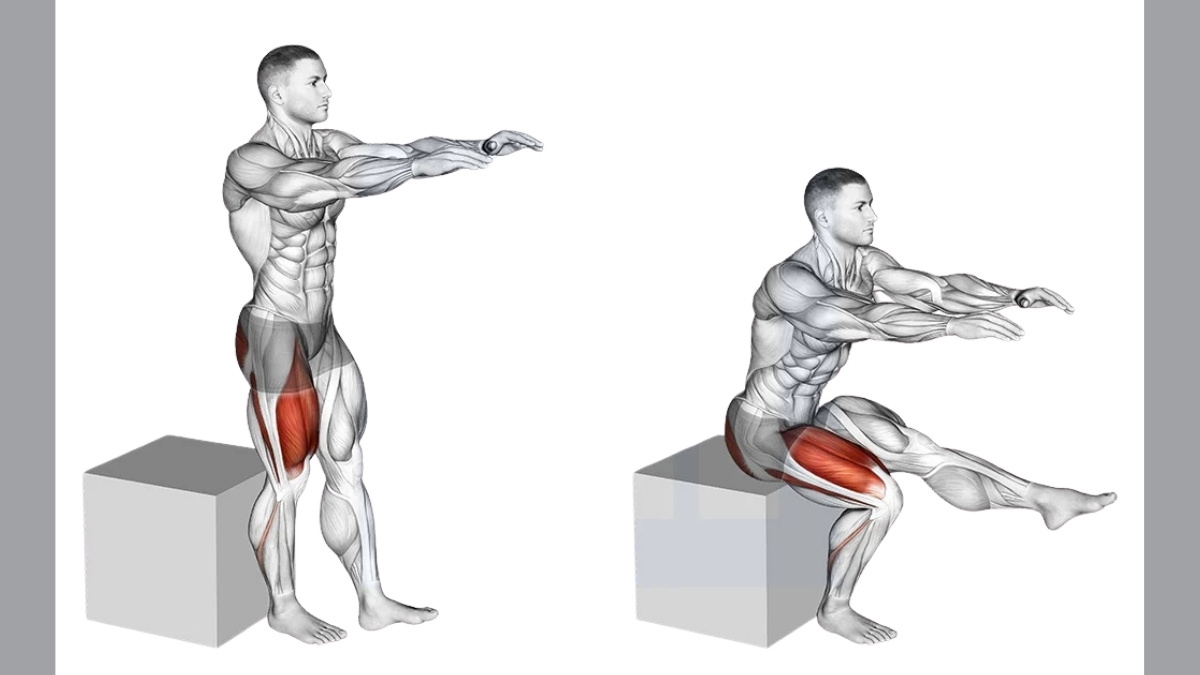
Here is how to start safely with a Bodyweight Box Squat. Place a sturdy chair or box right behind you. Stand with your feet about shoulder-width apart.
Push your hips back first, then bend your knees. Sit down on the box with full control. Do not just flop down. Then, stand back up by driving through your heels.
Try your best not to use your hands. Watch for a common mistake: letting your knees cave inward. Keep your chest up and your back straight.
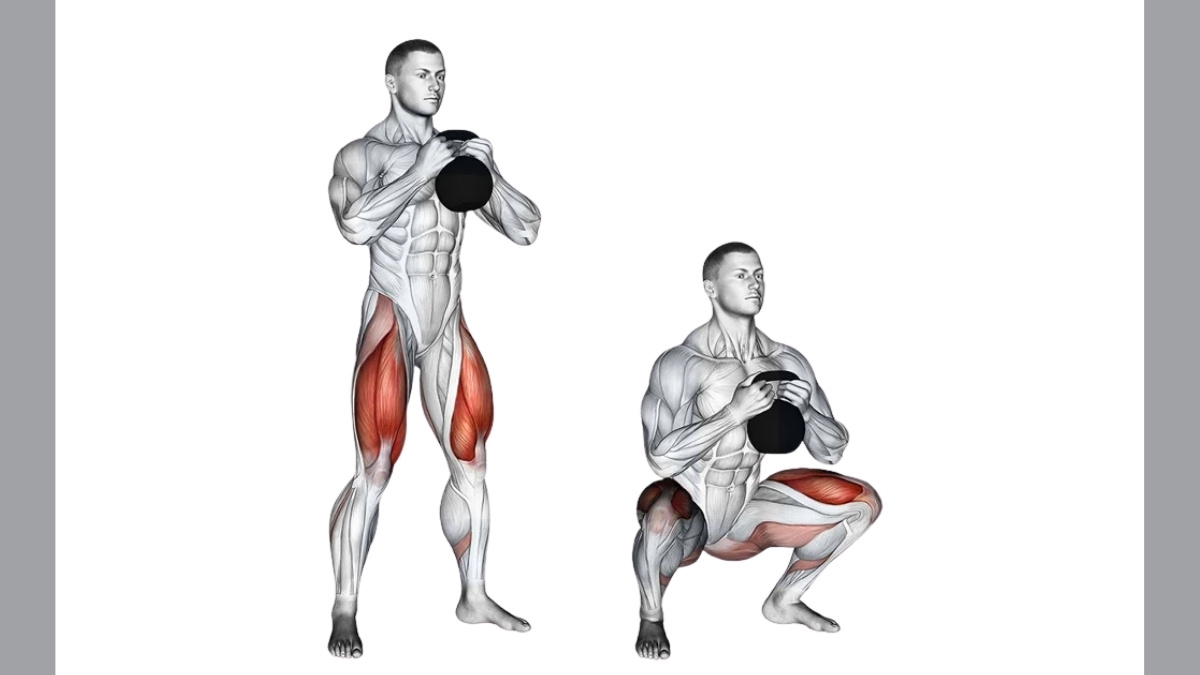
When this feels easy, make it harder by holding a dumbbell at your chest. This is called a Goblet Squat. This is smart strength training for over 40.
Longevity Lift #2: The Hip Hinge (The “Pick Up” Movement)
This is the “pick up” movement. It is how you safely lift anything, from a grandchild to a bag of groceries. This move trains your entire backside: glutes, hamstrings, and back.
It is one of the most important Longevity Lifts Over 40 because it protects your spine from injury. This is true functional strength training. This movement trains your back to be strong, not sore.
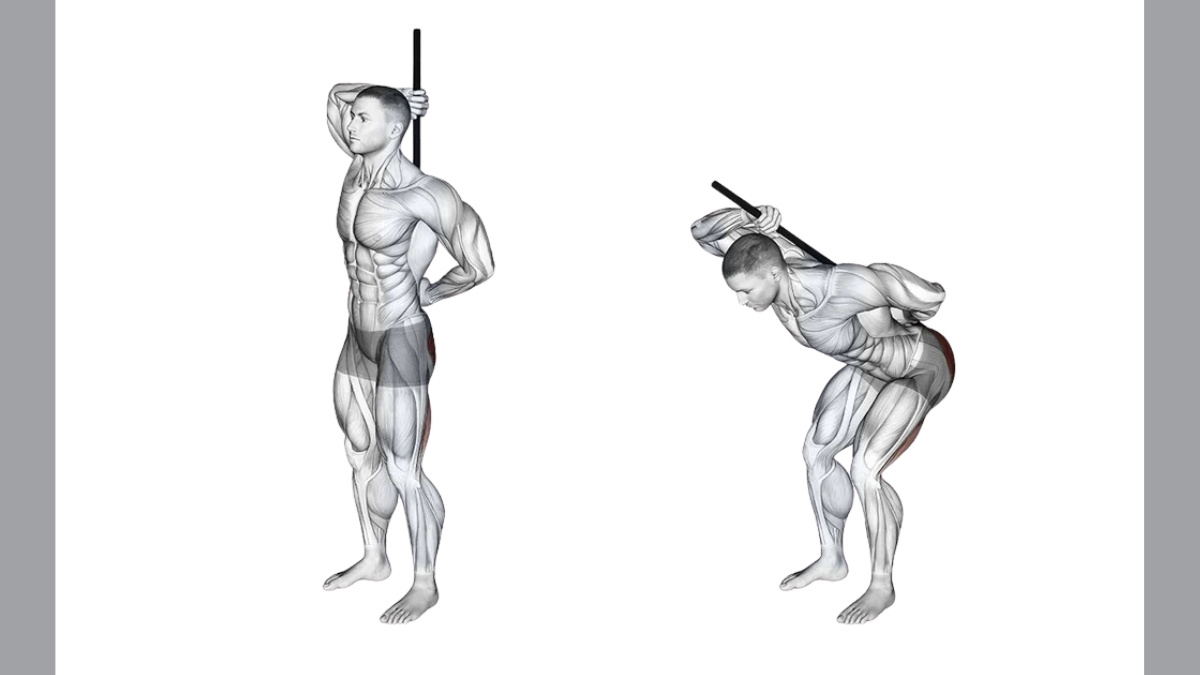
Here is how to start with a dumbbell or kettlebell. Stand with the weight in front of you. Keep your back flat and push your hips straight back.
Think about trying to close a car door with your butt. Bend your knees just a little to grab the weight. Drive your hips forward to stand tall and squeeze your glutes at the top.
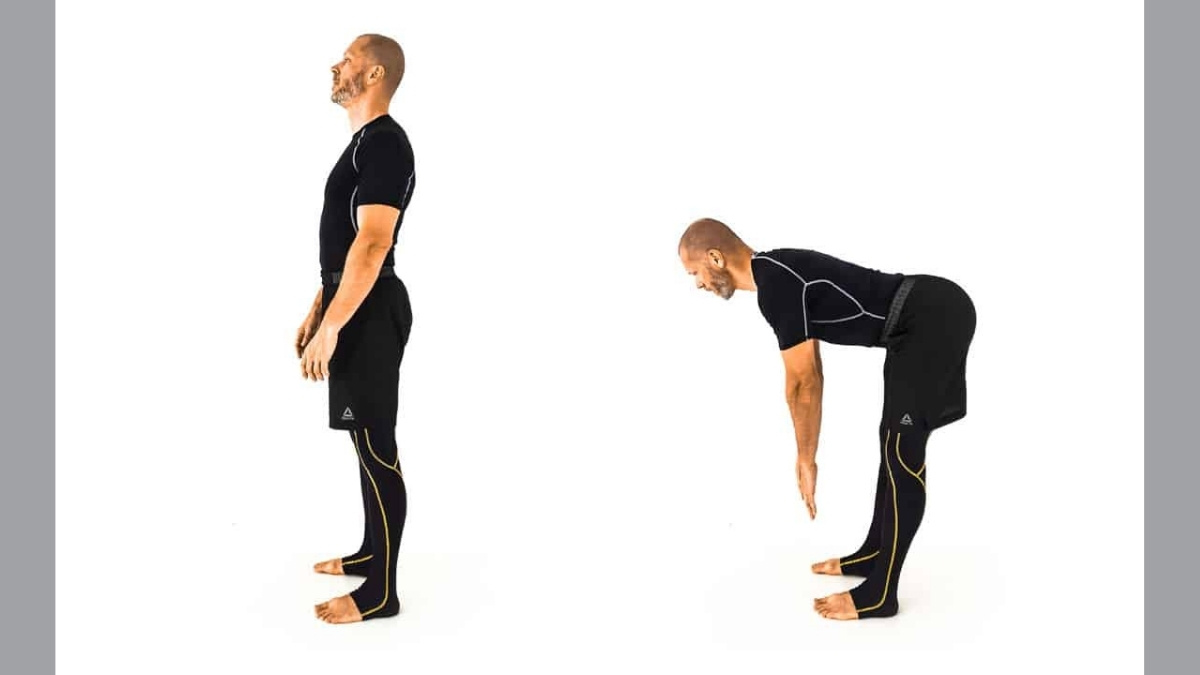
Lower the weight the same way, pushing your hips back again. Remember, this is a hinge, not a squat. Your shins should stay mostly straight up and down.
The biggest mistake is rounding your lower back. This is dangerous. Always keep your chest up and your back flat.
Longevity Lift #3: The Loaded Carry (The “Real Life” Movement)
This is the “real-life” movement. It is exactly what you do when you carry luggage or heavy shopping bags. This simple lift builds three key things at once.
It builds real-world endurance and creates a rock-solid core, which protects your spine. Most importantly, it builds grip strength. Research shows grip strength is a powerful sign of your overall health and longevity.
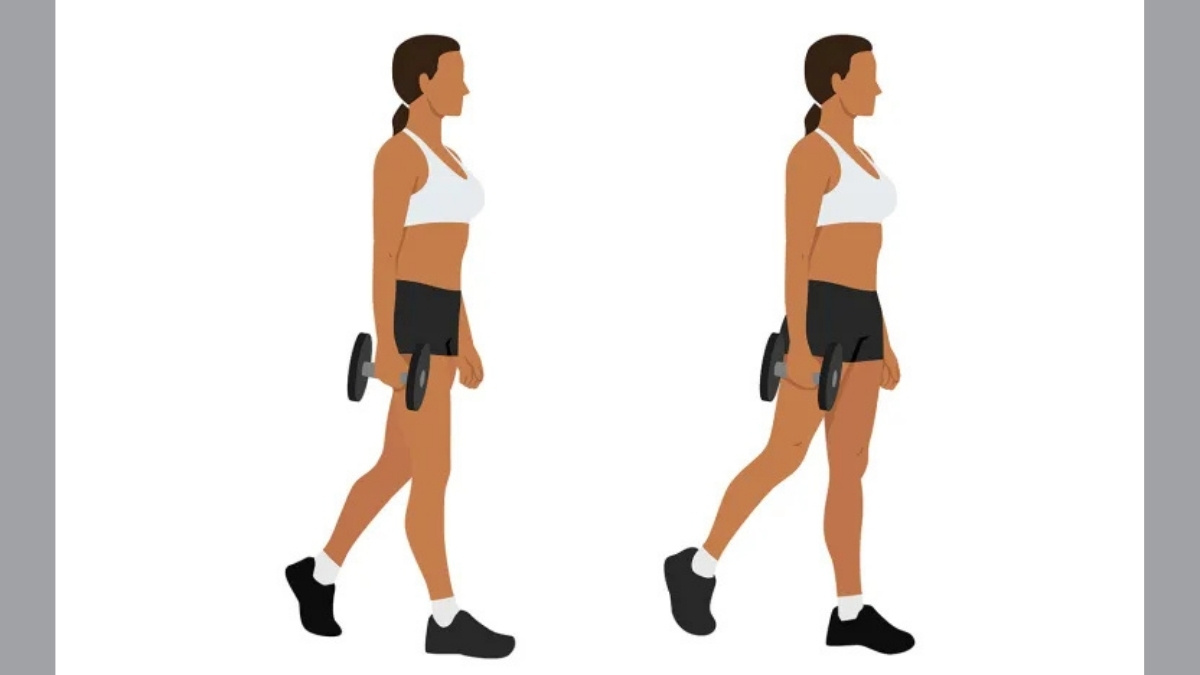
It is one of the best exercises for aging. Here is how to do the Farmer’s Walk. Pick up two heavy, but manageable, dumbbells.
Stand up tall. Pull your shoulders back and keep your core tight. Walk in a straight line for a set distance, like 50 feet.
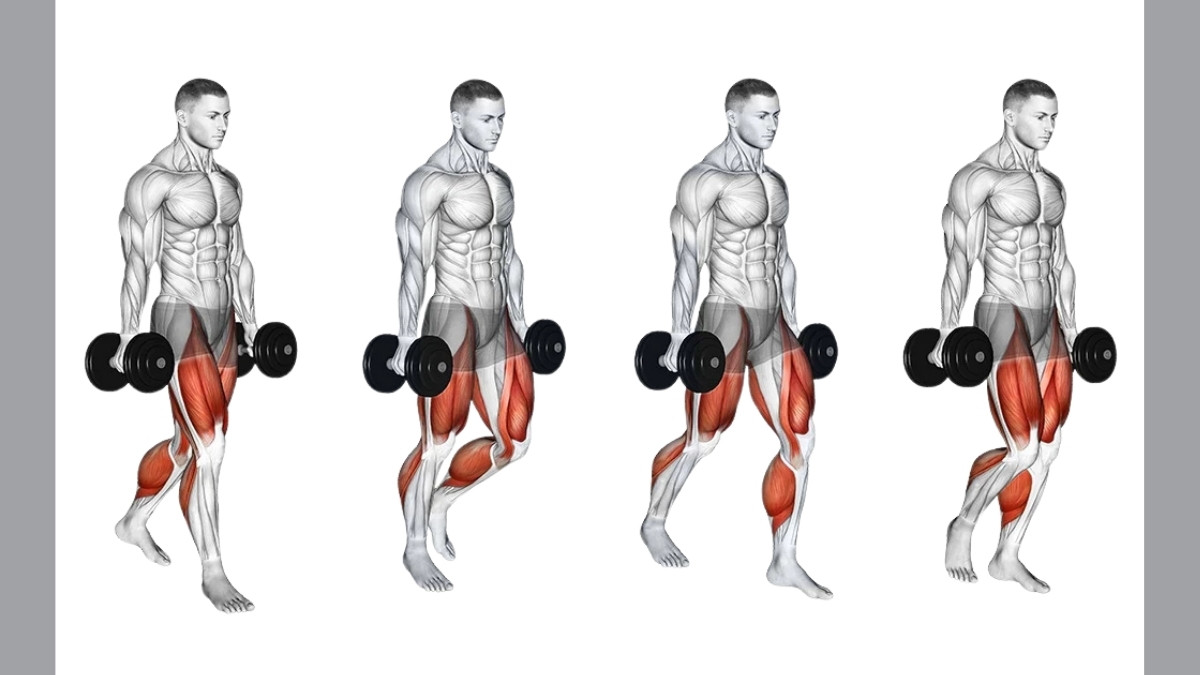
The main goal is to stay upright and not lean to the side. For a harder challenge, try the Suitcase Carry. This means holding weight in only one hand. This forces your core to work overtime to keep you from tipping.
How to Start Safely with Strength Training Over 40
When you start strength training over 40, safety comes first. Rule number one is to master the form before you add weight. It is much better to do 10 perfect bodyweight squats than 10 squats with bad form.
You also must listen to your body. Forget “no pain, no gain.” The new rule is “no sharp pain, no gain.” Muscle soreness a day later is normal. But joint pain is a stop signal.
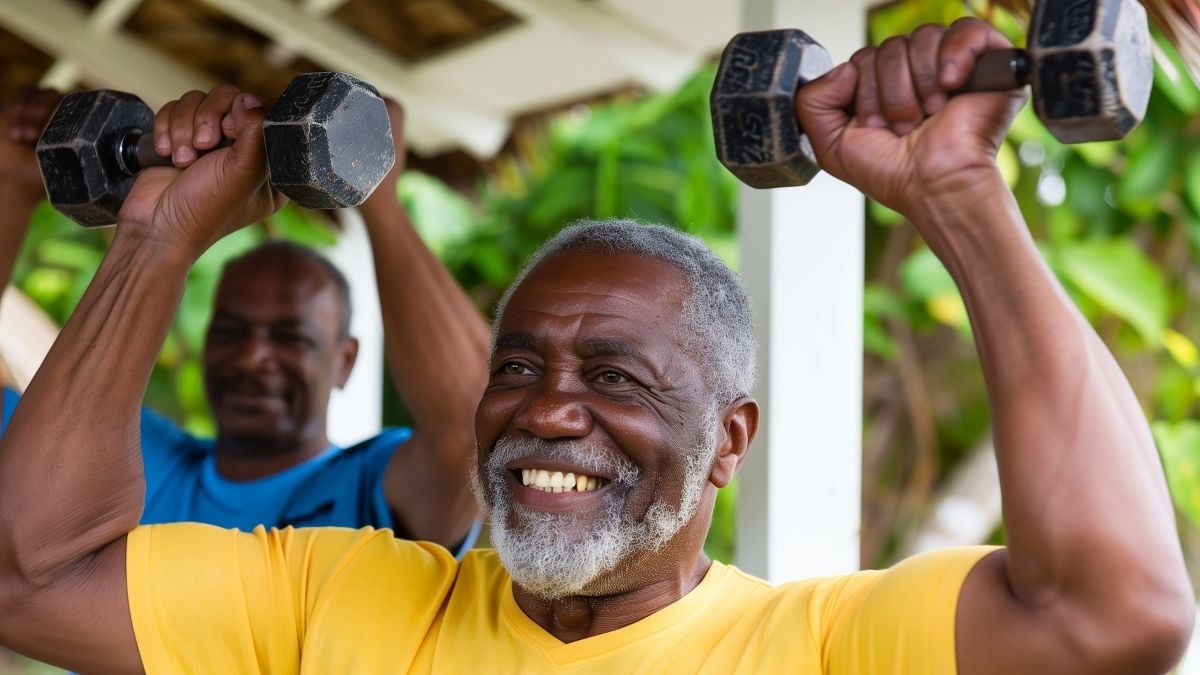
Always warm up for 5 to 10 minutes. Do not stretch cold muscles. This is one of the best exercises for aging habits. Get blood flowing with light, moving exercises.
Finally, consistency is more important than intensity. Your body needs more time to recover now. Aim for two or three good workouts a week. You get stronger between workouts, which is key for avoiding injury.
Your Weekly Plan: Putting the 3 Longevity Lifts to Work
You do not need a complex plan. A full-body routine is the best workout plan over 40. Hit your full body two or three times a week on days that are not back-to-back.

Here is a sample. Day A: Goblet Squat, Dumbbell Deadlift, and Farmer’s Walk (3 sets of 8-10 reps). Day B: Box Squat, Kettlebell Deadlift, and Suitcase Carry (3 sets of 10-15 reps). This is great functional strength training.
What about cardio? Yes, you still need it. Do 30 minutes of brisk walking or cycling on your “off” days.

And yes, you can still do bicep curls. Think of the Longevity Lifts Over 40 as your “main meal.” Curls are “dessert.” Do them at the end if you have time.
Final Thoughts:
Strength after 40 is not about the size of your arms. It is about your ability to move through life with ease. Your foundation for a long, active life rests on three core movements. You need the squat, the hinge, and the carry.

You do not have to do them all at once. Just pick one. Try the “Sit-to-Stand” (box squat) this week. Your future self will thank you for it.
Start building real-world strength with these Longevity Lifts Over 40 today.

